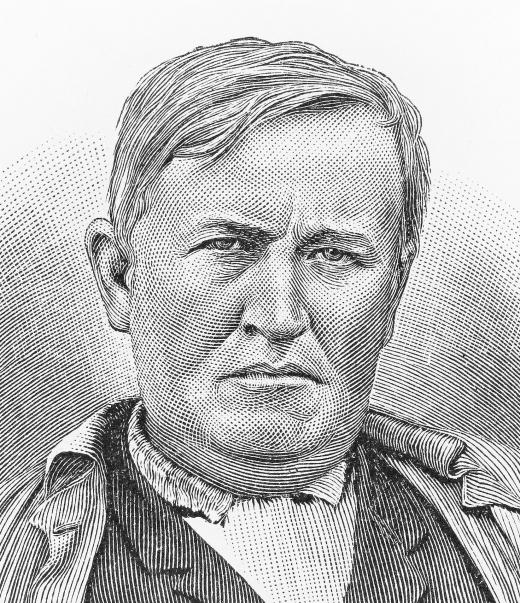Thermionic emission, also known as thermal electron emission, is the process by which charge carriers, such as electrons or ions, move over a surface or some sort of energy barrier by the induction of heat. Charge carriers naturally restrain activity; however, in thermionic emission, thermal energy is introduced to the carriers, causing them to overcome these forces. The reason behind the charge carriers' ability to perform this action is because electrons and ions are mobile and unbound to the normal chains of atomic structure that affect other particles. Traditionally, these charge carriers were referred to as “thermions.”
One property of the thermionic emission theory is that the emitting region is sustained with a charge opposite to the original but equal in magnitude. This means that the location of the charge carrier prior to emission will generate a positive charge in the case of electrons. However, this can be altered using a battery. The emission is neutralized when the carriers are farther away from the region, resulting in no change to the original state.

Historically, the primary example of thermionic emission is that used in the Edison effect. Electrons are emitted from a hot metal cathode, which uses a polarized electrical device to cause electrical current to flow out into a vacuum tube. This allows a device to maintain control over the movement of the electrons and amplify or modify the electrical signal.
Anything used for either cooling or generating power utilizes the concept of thermionic emission theory. As temperature increases, the magnitude of the flow increases. Besides the traditional use of vacuum tubes for electronics, solid-state devices can also be used to create the thermionic movement of electrons, allowing modern technology to function.
Thermionics was first reported by Frederick Guthrie in 1863. He was able to identify an alteration in the positive charge of a highly heated iron sphere that did not occur if the object was negatively charged. However, it wasn't until 1880 that the science was readily harnessed by Thomas Edison. When working with his incandescent light bulbs, he noticed that certain areas remained darkened. This allowed him to identify the flow of electrons due to heat, resulting in the creation of the diode.
Richardson's law describes the reason electrons are able to flow in this manner. Specifically, metals contain two electrons in the atomic structure that are able to move from atom to atom. In 1928, Sir Owen Willans Richardson, a British physicist, found that some electrons were able to leave the atom without returning. This process requires a certain amount of energy depending on the metal. The term for this effect is work function.
